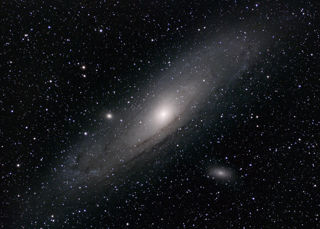
Big Ears Pelham Puppet
Big Ears Pelham Puppet
Big Ears character made by Pelham Puppets. These were in production between 1953 and 1957. It is displayed within the Space Race exhibition, to highlight the type of toys that were popular during the 1950s and 1960s as children became more interested in space.Big Ears featured as one of the main characters in the Noddy series, created by Enid Blyton. Big Ears often provided support and advice to Noddy, acting as a kind of mentor character in the stories. Blyton published the Noddy series of children's stories between 1949 and 1963. Noddy made his television debut in September 1955 and became a popular and cherished childhood character. Noddy merchandise like these Pelham Puppets looked to capitalise on the popularity - with many children owning their own puppet.
Pelham Puppets specialised in making marionettes for children - providing something that had previously only been available to professional puppeteers. The company was originally set up by Bob Pelham as Wonky Toys Ltd, but he changed the name to Pelham Puppets as they began to make more sophisticated marionettes.
More information
Object number
2010-2
Location
Rocket Tower Level 3
Has this object been into space?
No
Dimension - Dimension, Value, Measurement unit
Height: 30.48cm
Material
Wood
Felt
Cotton
Waxed String
Paint
Associated Person
Bob Pelham
Enid Blyton
Object Production Date
1953 - 1957
Object Production Organisation
Pelham Puppets
Object Production Place
Wiltshire
Marlborough
United Kingdom
On Display Status
On display
Copyright and Photos
Photography is shared via the license below.
However, some objects on this website are on loan to the National Space Centre and are being shared through the permission of their owners.
Commercial use of images from this website is not allowed without additional permissions being granted. To request permission to use images for purposes not covered in the license below, please contact info@spacecentre.co.uk
Individual objects on loan to the National Space Centre may have additional copyright permissions, so advice should always be sought before use.
![]()
This work is licensed under a Creative Commons Attribution-NonCommercial 4.0 International License.




